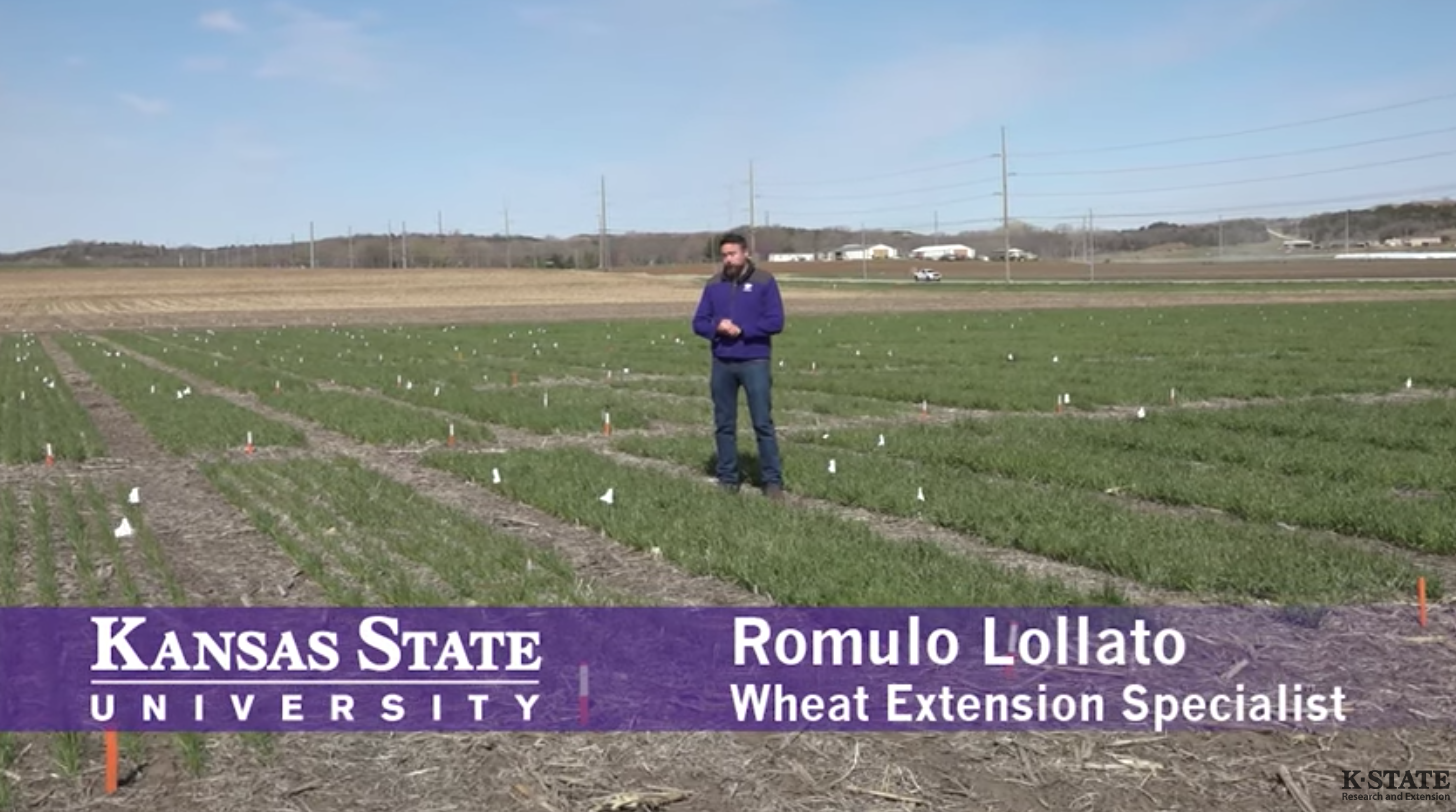In this video from K-State Research and Extension, wheat specialist Romulo Lollato outlines the effects of various management strategies—including seeding rate and the application of starter fertilizer, nitrogen, sulfur, chloride and foliar fungicides—on wheat yields.
“We are replicating management practices that growers are doing in their own commercial fields,” Lollato said.
K-State’s trials include 14 research sites in Kansas during the 2022 winter wheat growing season.
Lollato said the experiments include management practices reported by low-yielding producers; average-yielding producers; top 20% yielding producers; and the top 5% yielding producers.
The management strategies are being applied in varying amounts to wheat varieties planted in Kansas.
Results so far indicate a yield bump of 13 bushels per acre from management practices implemented by low-yielding producers compared to average-yielding producers; and another 13 bushels per acres by average-yielding producers to high-yielding producers.
But, Lollato said, “there is not much yield bump between the high-yielding producers and the top 5% yielding producers.”
“We are now looking at quality attributes,” he said. “Even though we didn’t see a yield gain (from high yielding producers to the top 5% yielding producers), we are curious to see if there are positive milling and baking quality gains from the high-yielding growers to the top-yielding growers.”
The full video can be viewed below.




